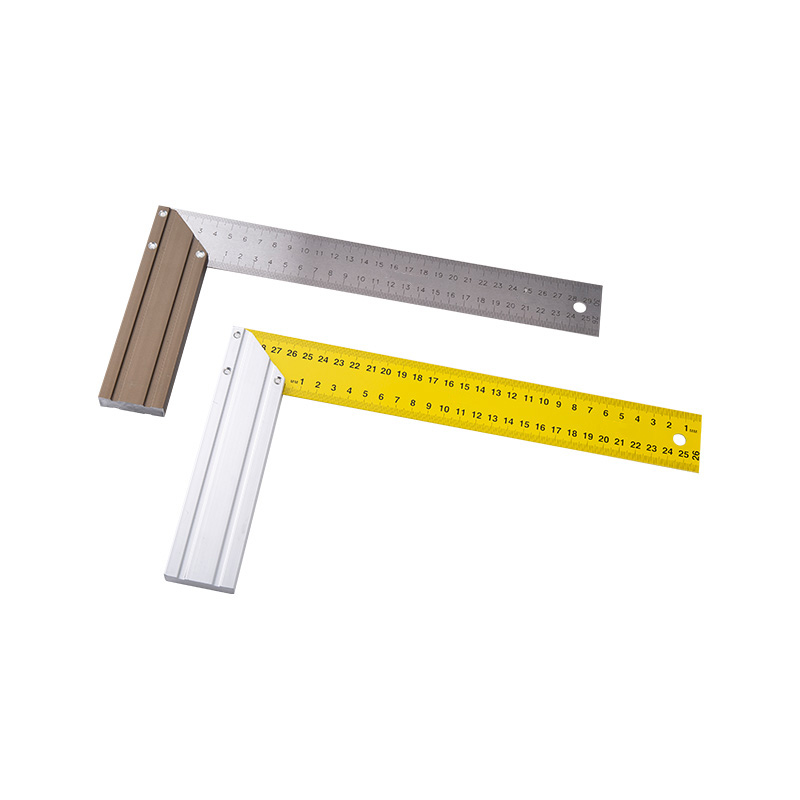Clean After Use: After each use, cleaning your try square is essential to prevent debris buildup that can affect its accuracy. Use a dry, lint-free cloth to wipe down the blade and handle thoroughly. Pay attention to corners and edges where sawdust, wood chips, or other materials can accumulate. For stubborn debris, a soft brush or compressed air can help dislodge particles without scratching the surface.
Remove Residual Moisture: Moisture is a primary enemy of metal tools, as it can quickly lead to rust and corrosion. If your try square gets wet during use, immediately dry it off using a clean cloth. Ensure you dry all surfaces, including the blade, handle, and any adjustment mechanisms. If necessary, use a hair dryer on a low, cool setting to thoroughly dry hard-to-reach areas.
Use Lubricants: Applying a suitable lubricant or rust preventative is crucial to protecting the metal surfaces of your try square. Choose a light machine oil, silicone spray, or dedicated rust inhibitor designed for tools. Apply a small amount to a clean cloth and wipe it evenly over all metal parts of the try square, focusing on the blade and any exposed metal surfaces. Be cautious not to over-apply, as excess oil can attract dust and debris.
Store in a Dry Place: Proper storage is key to preventing rust formation. Store your try square in a clean, dry environment to minimize exposure to humidity. A climate-controlled tool chest or cabinet is ideal, especially in areas with fluctuating humidity levels. If storing in a toolbox, ensure it is clean and dry, and consider adding desiccant packs or silica gel sachets to absorb moisture and maintain a dry atmosphere.
Protect the Blade: The blade of your try square is delicate and crucial for accuracy. Store it in a dedicated case or pouch to protect it from accidental knocks and scratches. Ensure the blade is securely fastened within the case to prevent movement that could dull or damage the cutting edge. Avoid storing other tools or heavy items on top of the try square, which can cause bending or deformation of the blade.
Regular Inspection: Schedule regular inspections of your try square to identify any signs of rust, corrosion, or wear. Examine the blade edges, handle joints, and adjustment mechanisms closely. If you notice any rust spots or discoloration, address them promptly using rust remover, fine steel wool, or a rust eraser. After cleaning, reapply a thin layer of lubricant to protect the metal surface.
Avoid Exposure to Chemicals: Chemicals such as solvents, acids, and alkalis can damage the metal finish and accelerate corrosion. Keep your try square away from areas where such chemicals are used or stored. If accidental exposure occurs, immediately clean the affected area with a dry cloth and apply rust preventative measures as needed to mitigate damage.
Aluminium handle heavy-duty try square




 English
English Español
Español
















